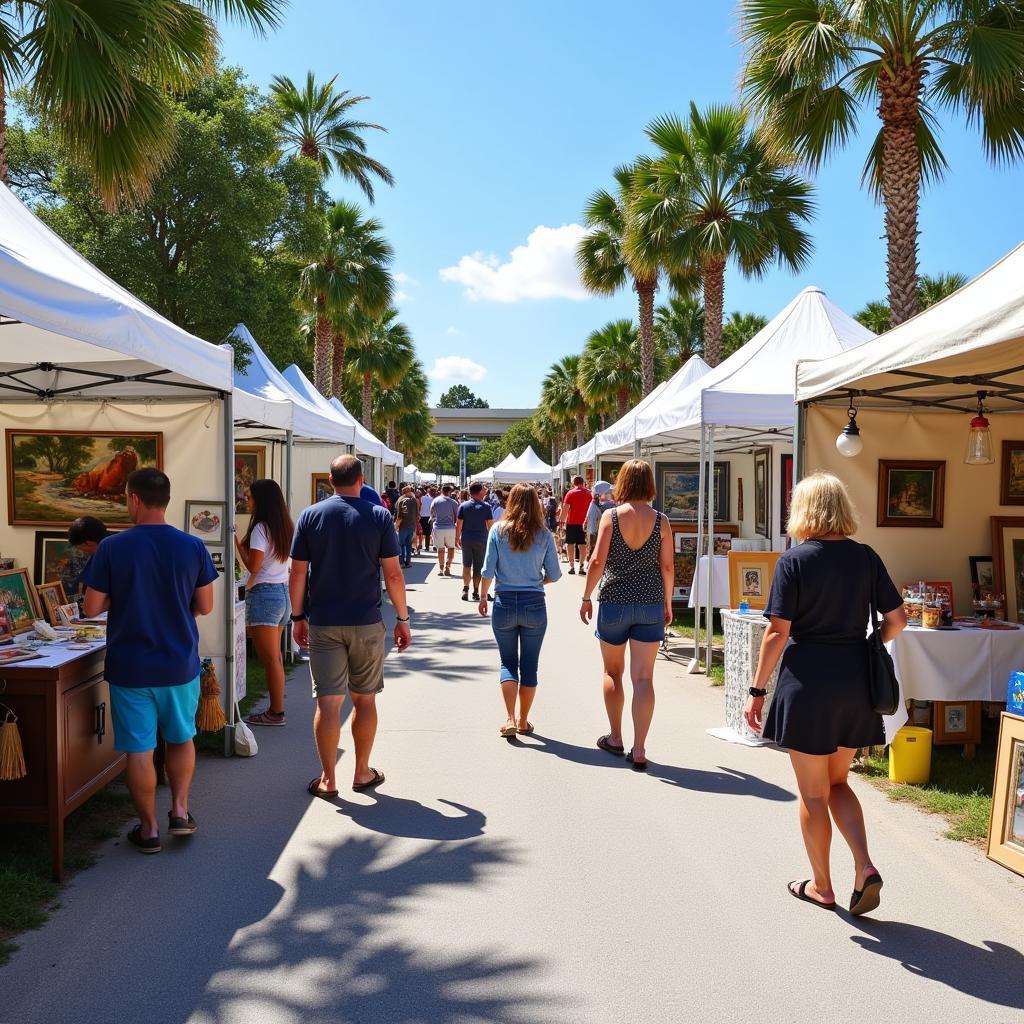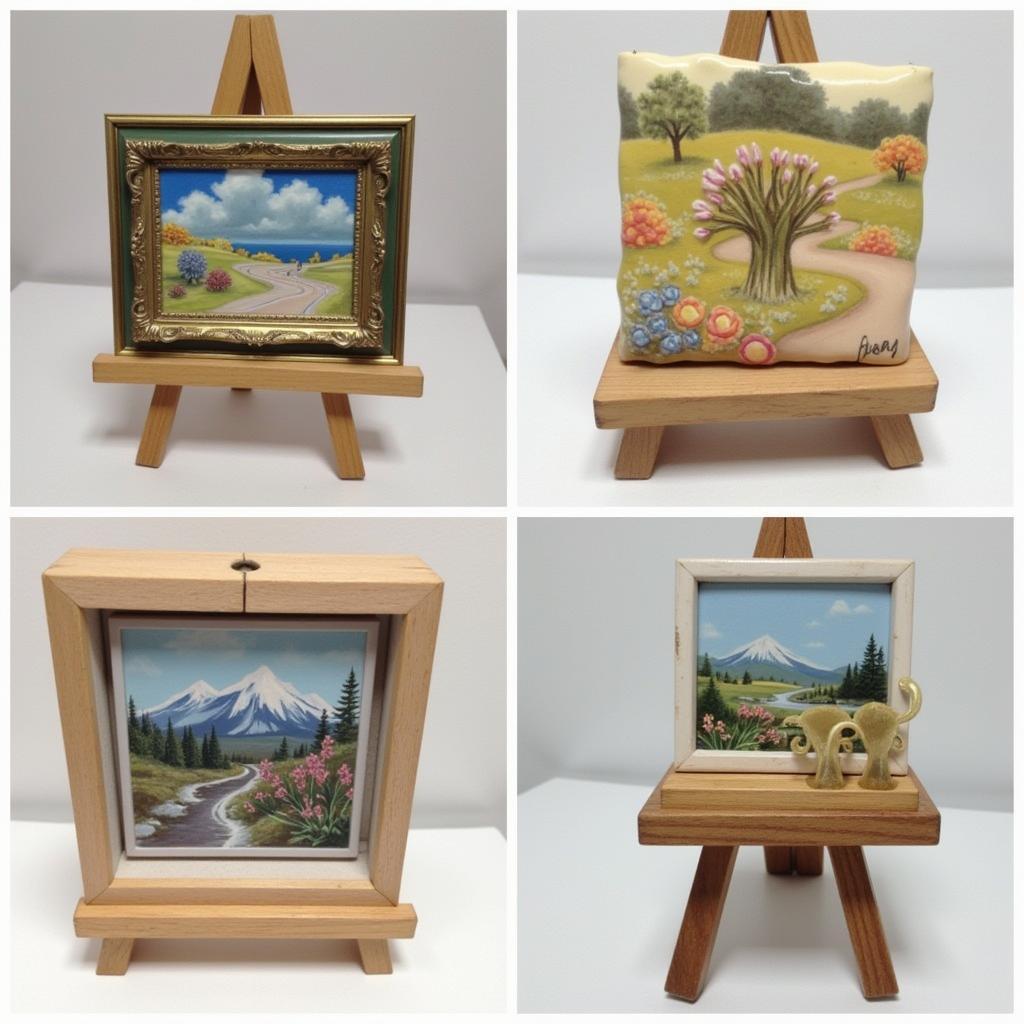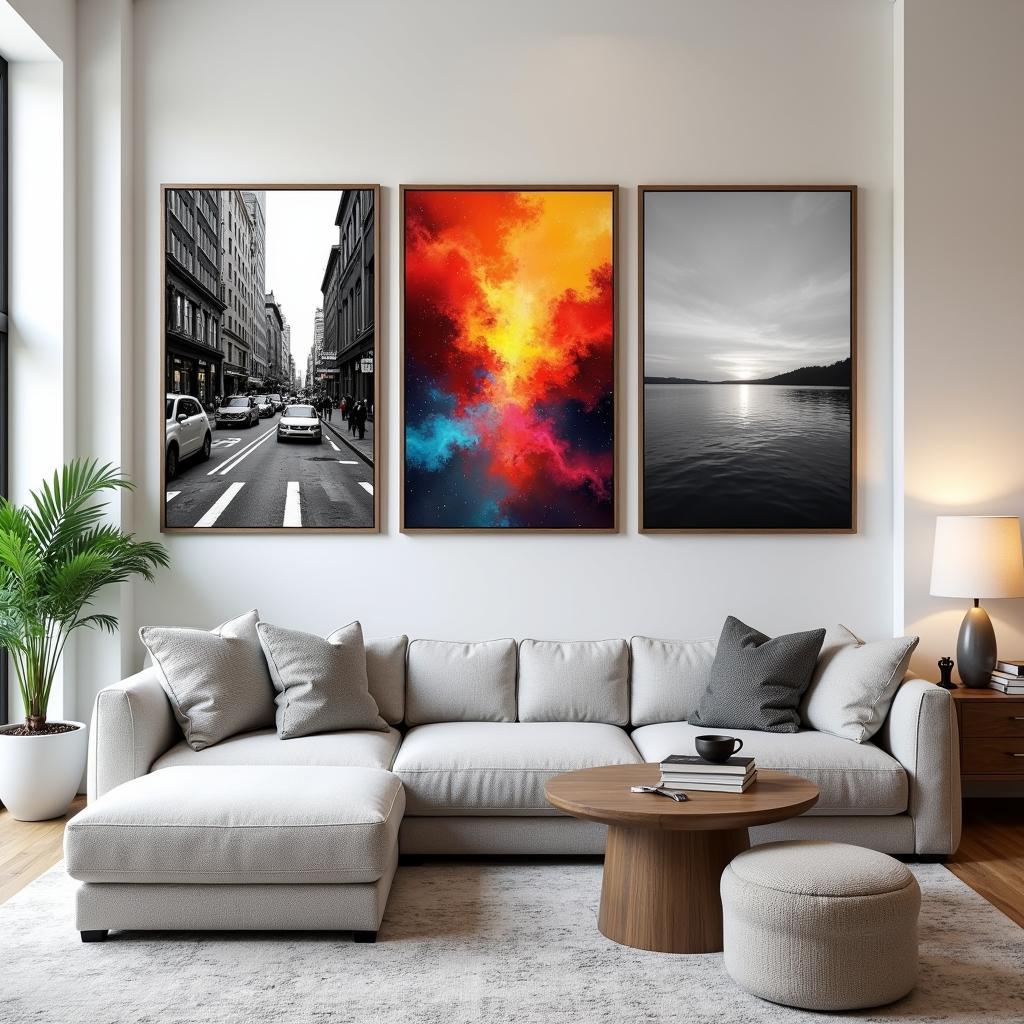Lino for Art: A Digital Artist’s Guide to This Versatile Material
Lino, or linoleum, has been a staple in the art world for decades, loved for its versatility, affordability, and ability to produce stunning prints. While it might seem like a traditional medium, lino has found a new home in the digital realm, inspiring digital artists and pushing the boundaries of digital art creation. Let’s explore the fascinating world of lino and how it can elevate your digital art journey.
What is Lino and Why is it Great for Digital Artists?
Lino, short for linoleum, is a material made from a combination of linseed oil, cork dust, and wood flour. It’s often used in printmaking, particularly for creating relief prints. The beauty of lino lies in its versatility. You can carve intricate details, create bold textures, and experiment with different color combinations to achieve unique effects.
But what does this have to do with digital art? Well, lino’s impact extends beyond the physical realm. It serves as a powerful source of inspiration for digital artists. By studying the textures, patterns, and design principles behind lino carving, digital artists can translate these elements into their digital art.
How Lino Inspires Digital Art: A Closer Look
Here’s how lino carving can inspire your digital art:
1. Textures and Patterns:
Lino carving is all about creating textures and patterns. You can achieve a wide range of effects, from delicate lines and intricate details to bold, abstract shapes. You can use this knowledge to experiment with texture brushes in Photoshop, Illustrator, or other digital art software.
2. Composition and Design:
Lino carving requires careful planning and consideration of composition. You need to think about the placement of elements, the flow of lines, and the overall balance of the design. These principles directly translate to digital art, improving your composition and design skills.
3. Color Theory and Contrast:
Lino prints often feature bold colors and contrasting shades. By studying these color combinations, you can develop a better understanding of color theory and contrast, applying this knowledge to your digital art.
4. Artistic Expression:
Lino carving is an expressive art form. It allows artists to convey emotions, stories, and ideas through their designs. This same artistic freedom applies to digital art. You can explore your artistic vision through different techniques and styles.
Finding Lino Inspiration in the Digital Age
Now that you understand how lino can inspire your digital art, how can you incorporate it into your workflow?
- Explore Lino Printmaking:
- Take a virtual class or watch tutorials on lino carving. Even if you don’t plan to carve yourself, the process will give you valuable insights.
- Visit Online Galleries:
- There are numerous online galleries dedicated to lino prints. Browse these galleries to study the textures, patterns, and designs created by talented artists.
- Follow Lino Artists on Social Media:
- Discover and follow lino artists on platforms like Instagram or Pinterest. Their work will provide you with endless inspiration and new ideas.
Lino: A Timeless Art Form for the Modern Age
Lino carving is a timeless art form that continues to resonate with artists today. By embracing its principles and allowing it to inspire your digital art, you can unlock new creative possibilities and push the boundaries of digital art creation. Remember, the beauty of art lies in its ability to transcend physical limitations, allowing us to explore limitless possibilities.
FAQ:
Q: How can I incorporate lino textures into my digital art?
A: You can create custom brushes in Photoshop or Illustrator by sampling textures from lino prints. You can also find pre-made brushes online.
Q: What are some digital art programs that work well with lino-inspired designs?
A: Photoshop, Illustrator, Procreate, and Clip Studio Paint are all popular choices for creating digital art inspired by lino prints.
Q: What are some famous artists who have used Lino For Art?
A: Pablo Picasso, Henri Matisse, and Edward Munch are just a few of the famous artists who have explored lino carving in their work.
Q: What is the best way to learn lino carving if I’m a digital artist?
A: There are numerous online tutorials and courses available. You can also find local workshops or classes in your area.
Q: Where can I find lino-inspired art resources online?
A: Explore websites like Pinterest, Etsy, and even Google Images for lino-inspired designs, tutorials, and resources.



